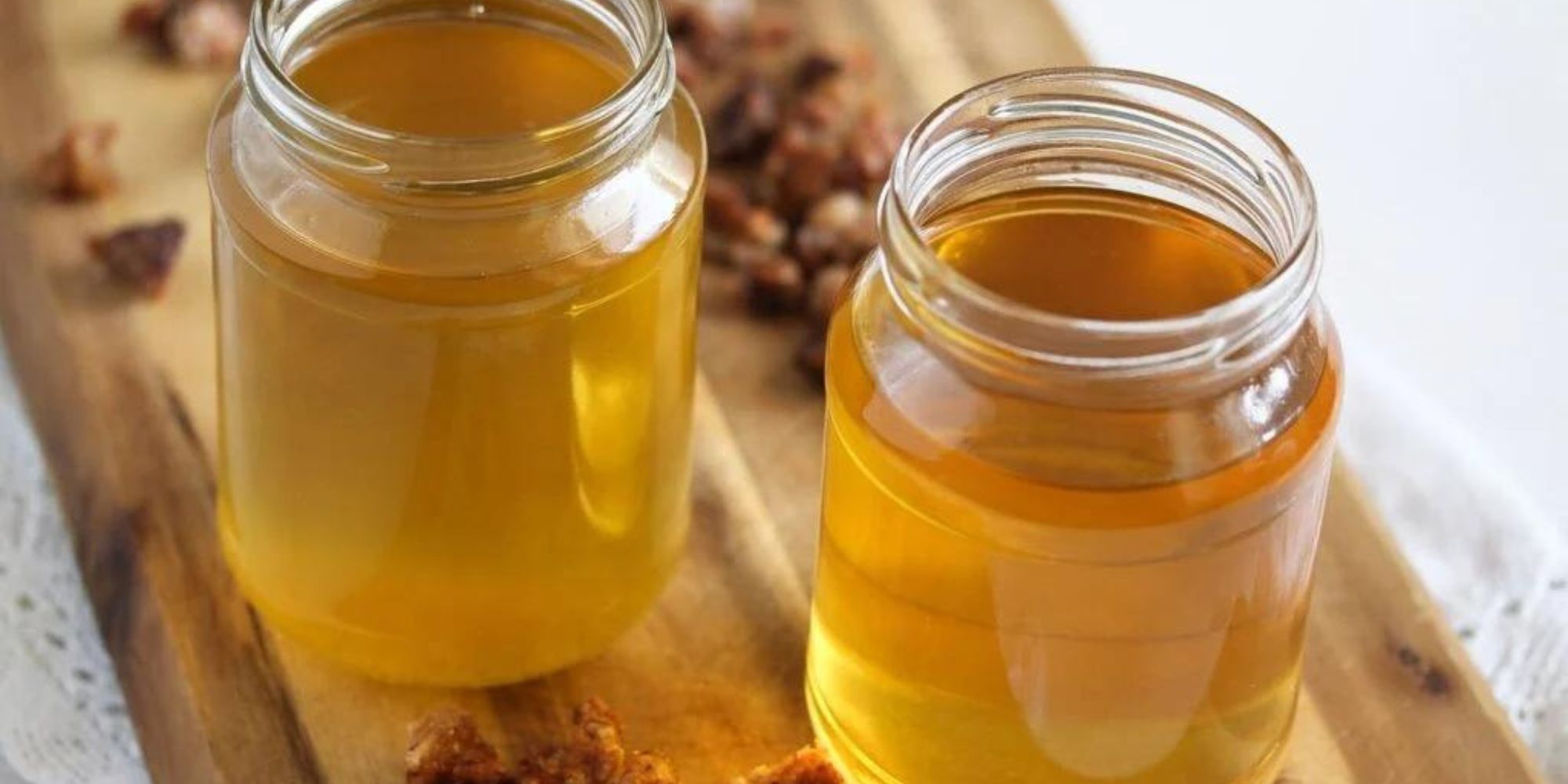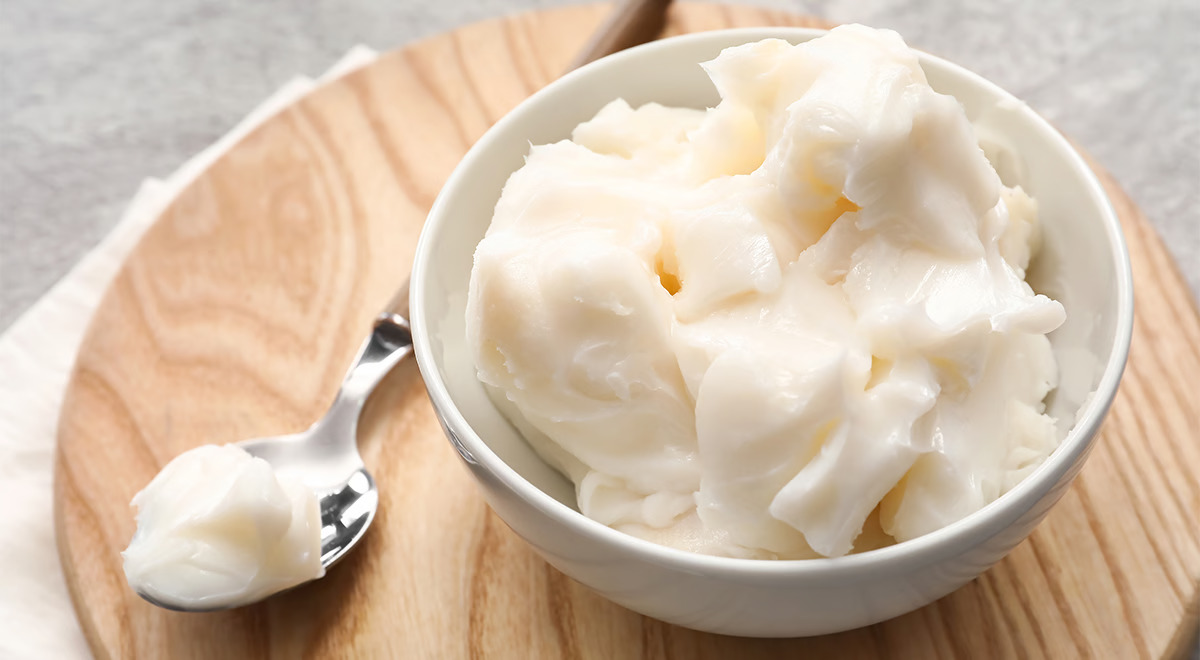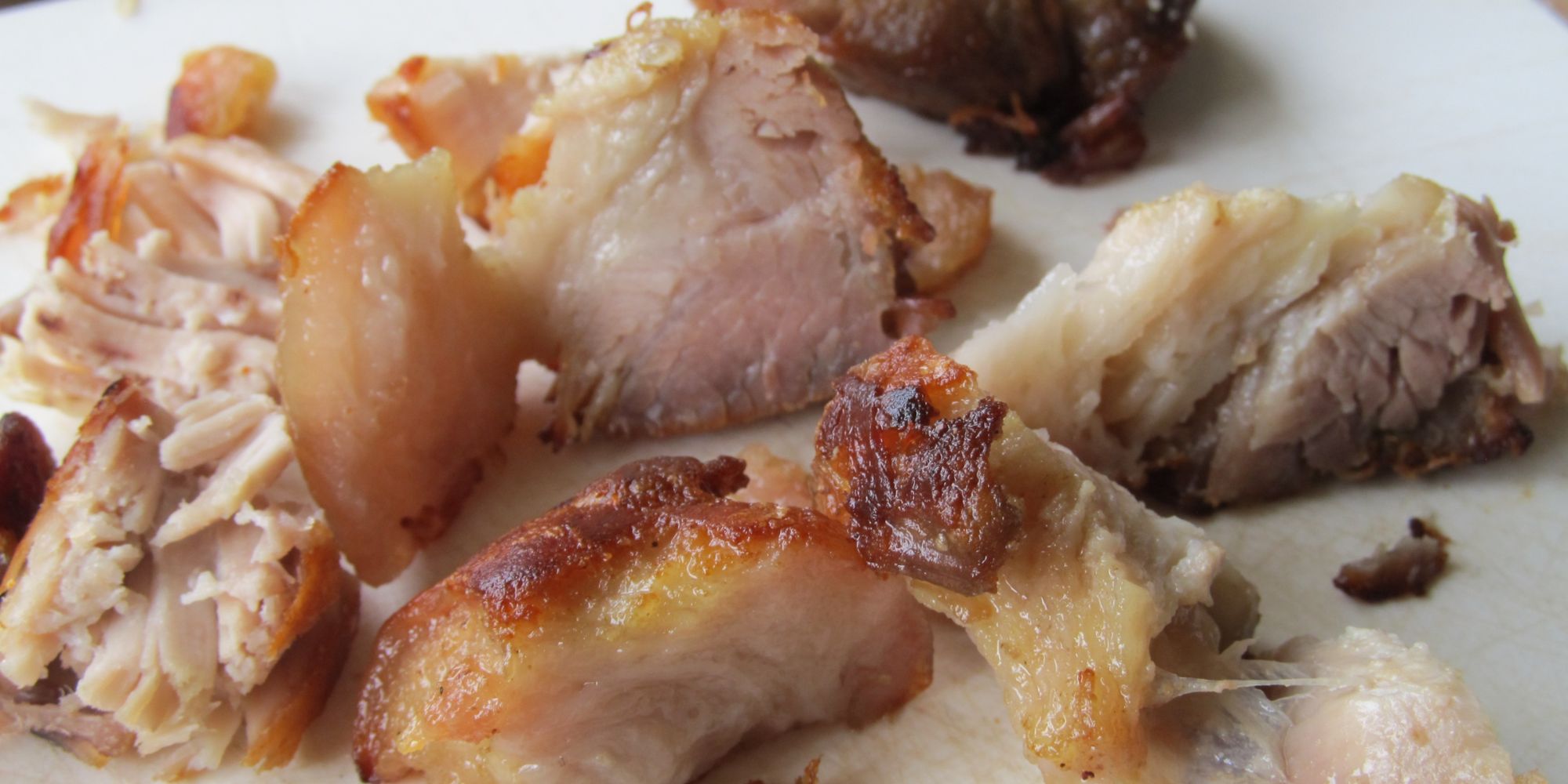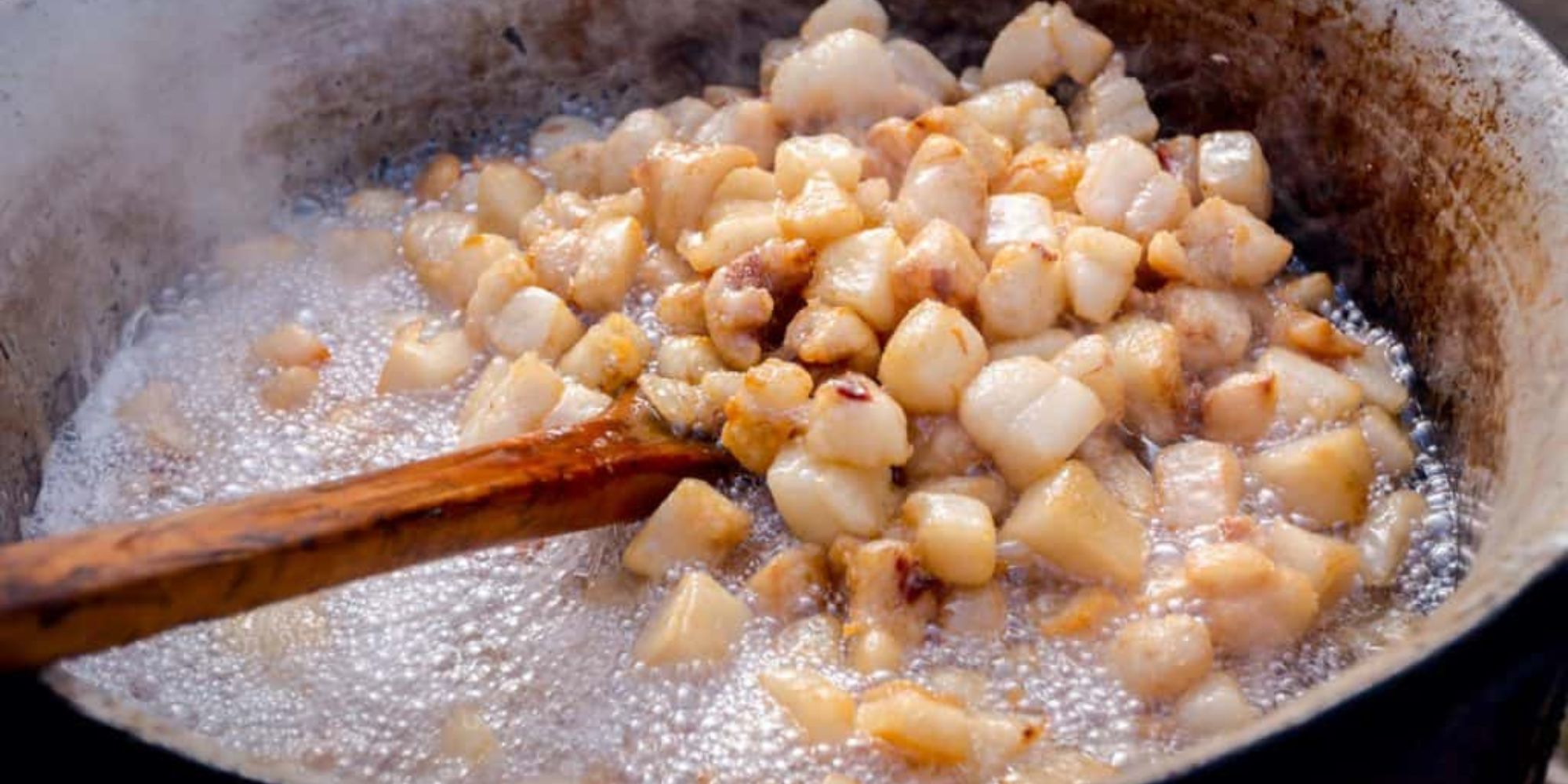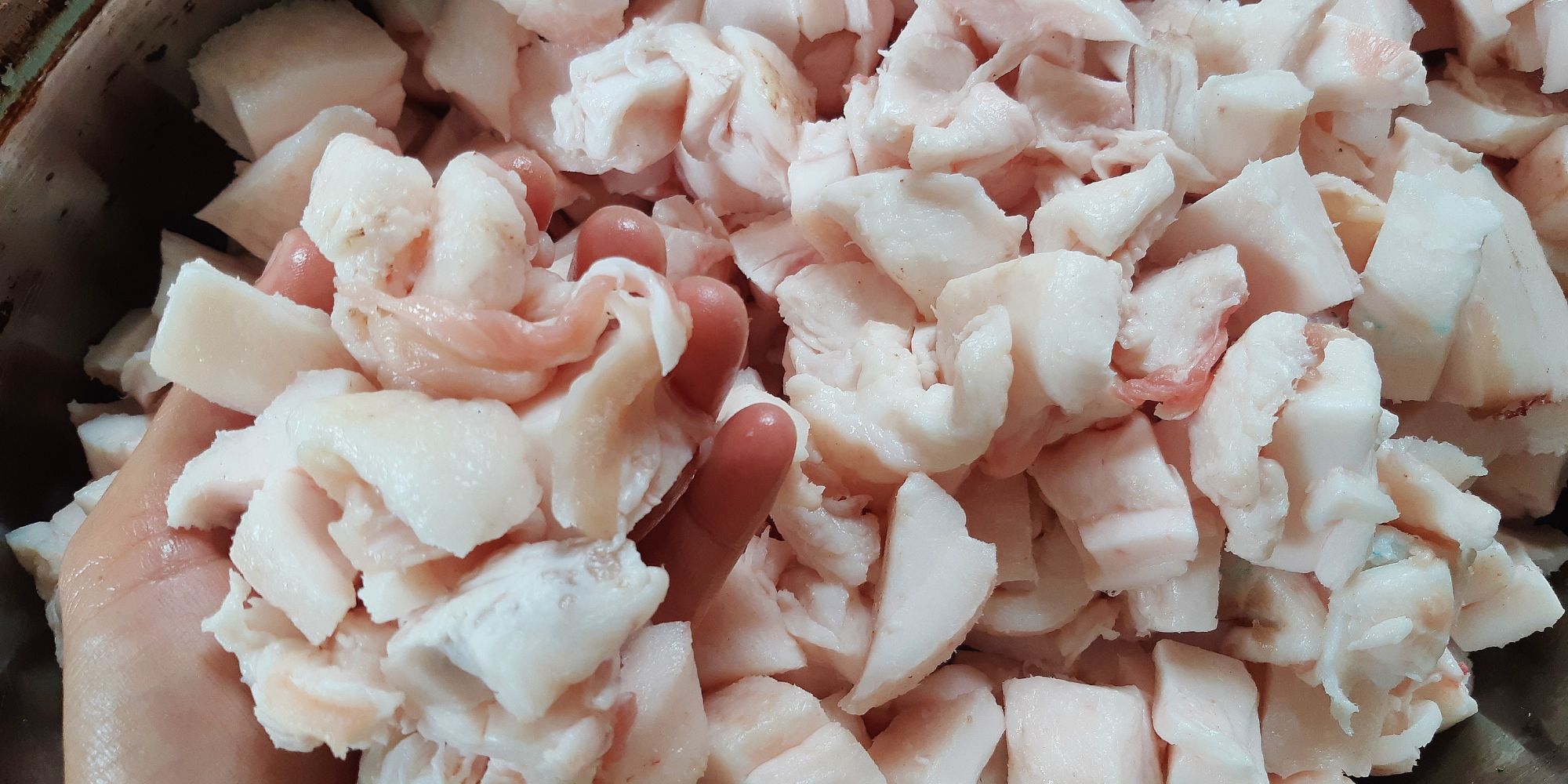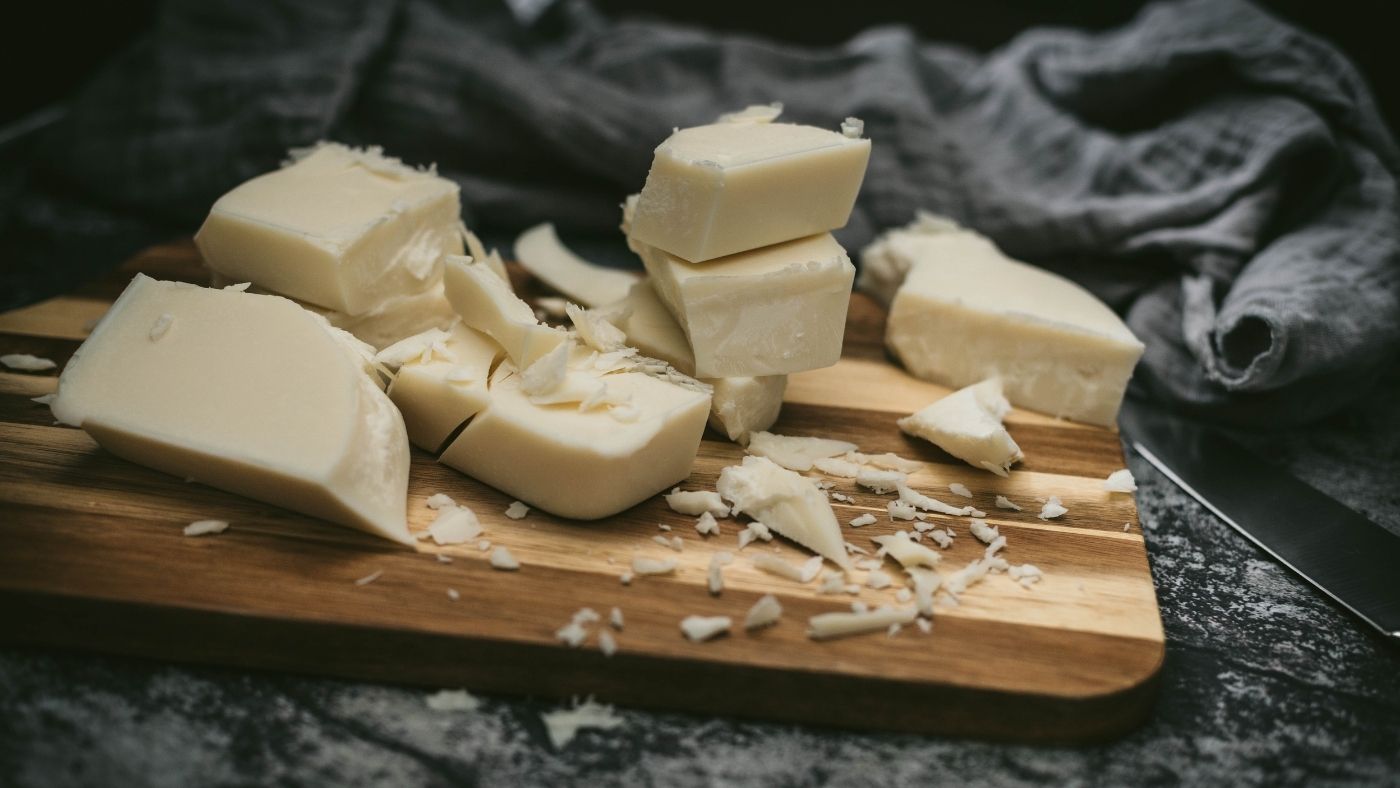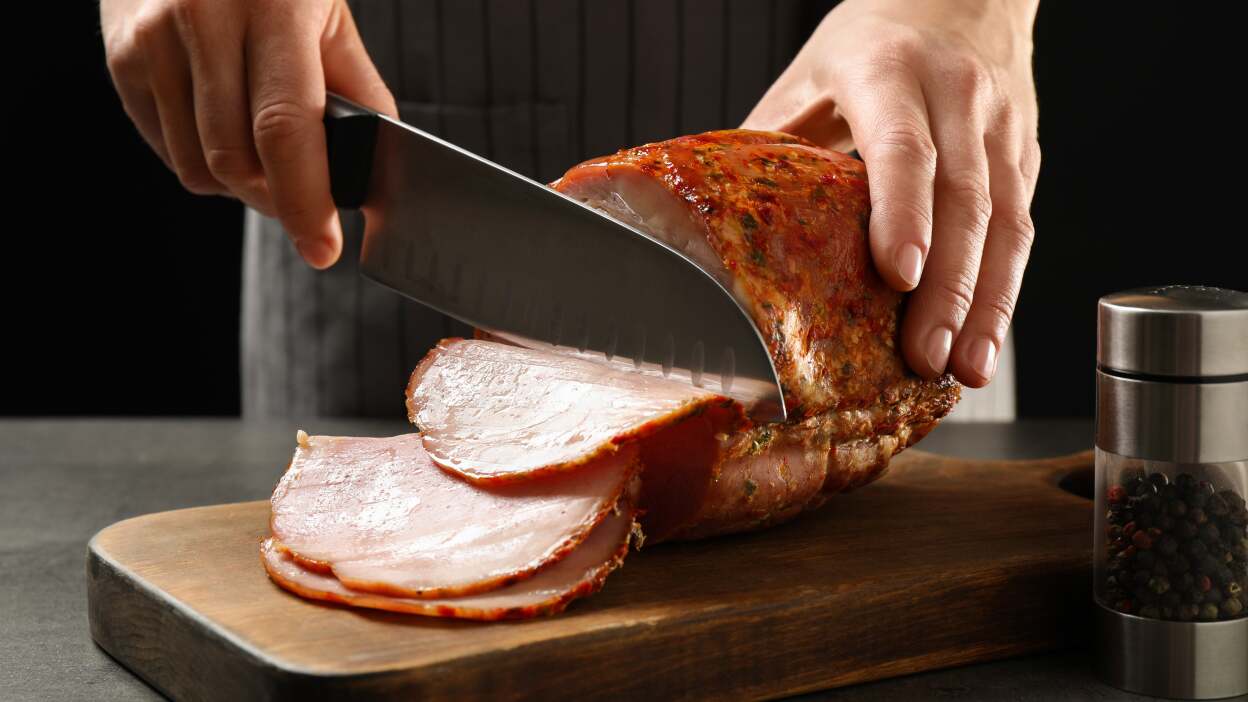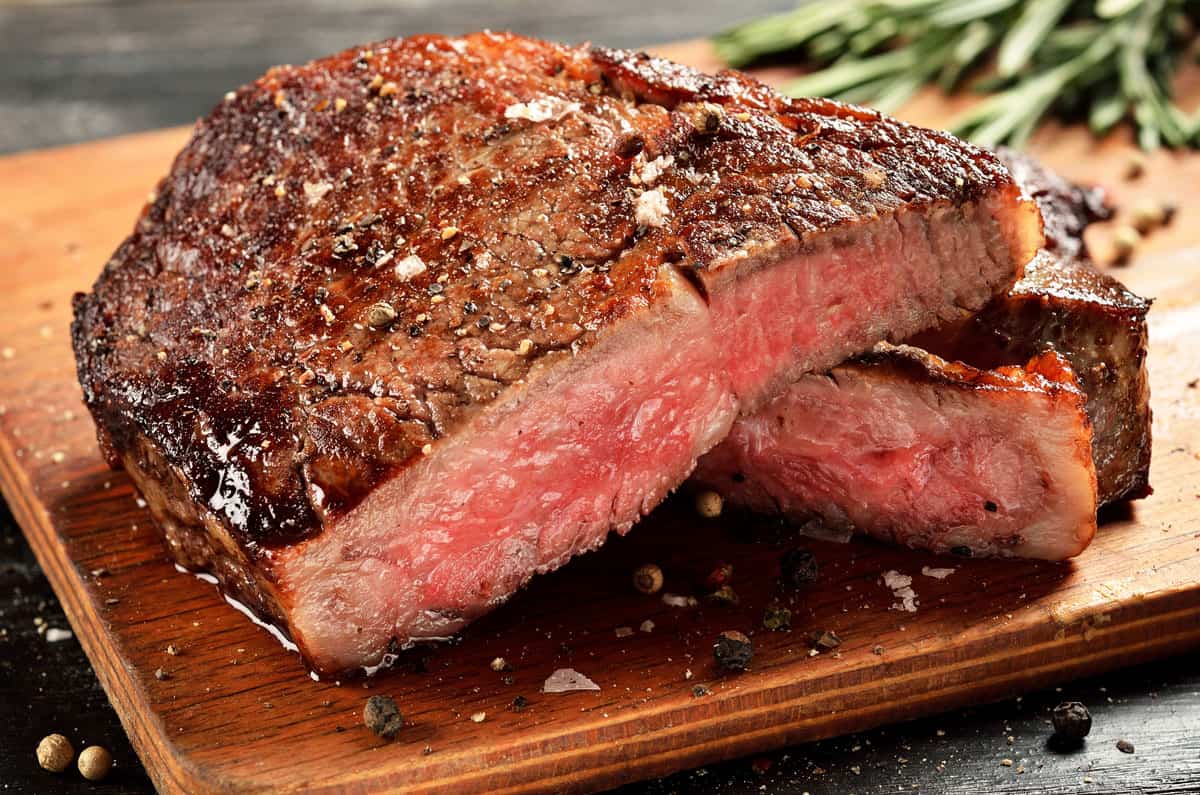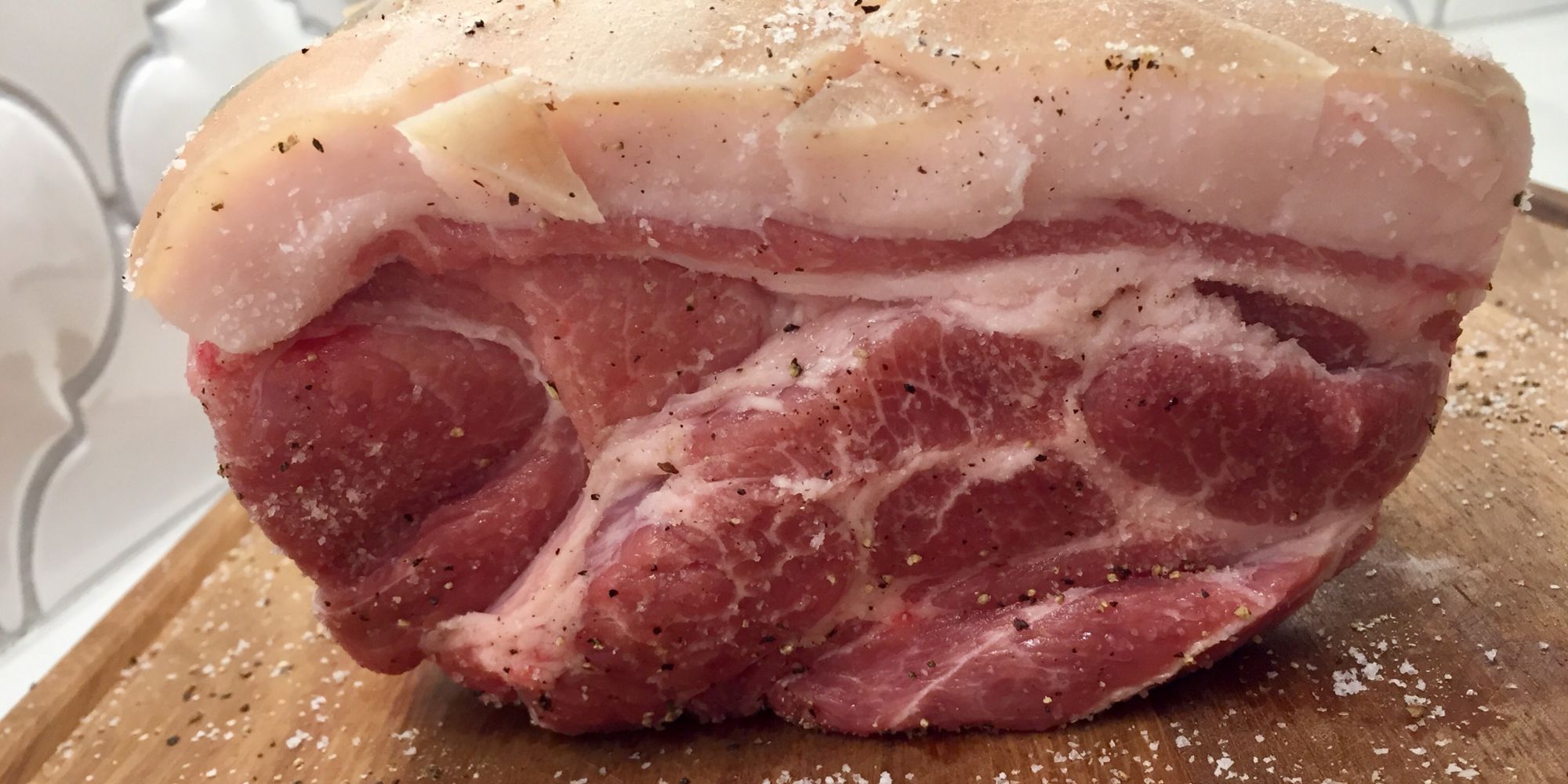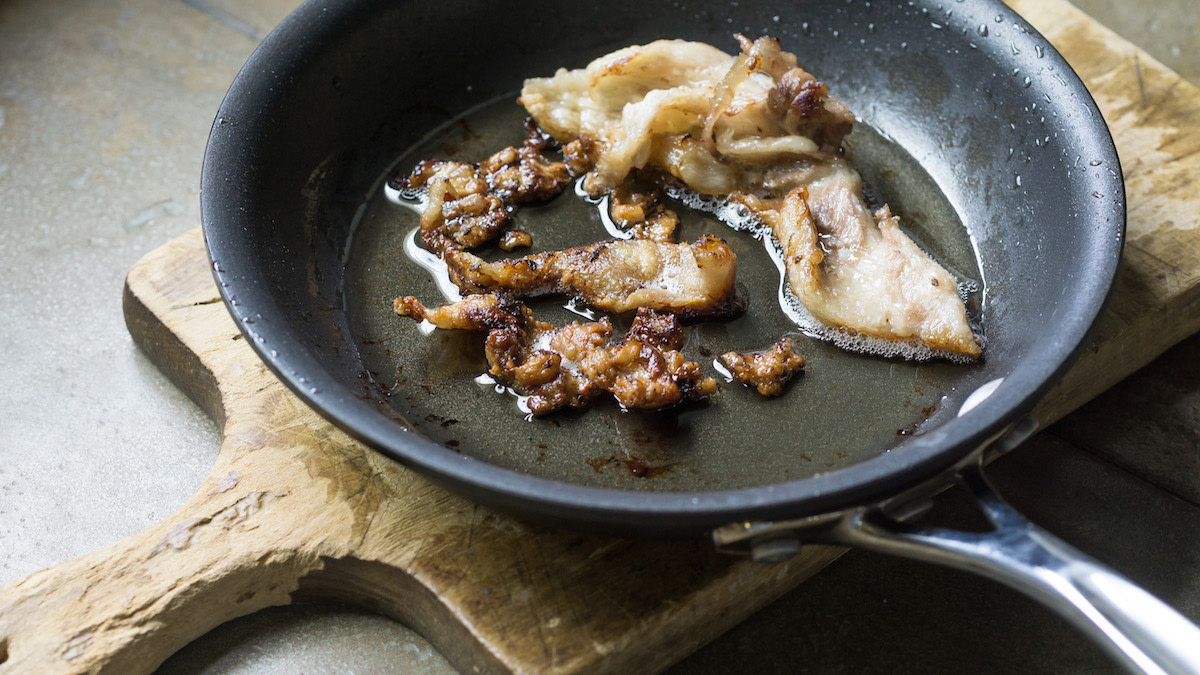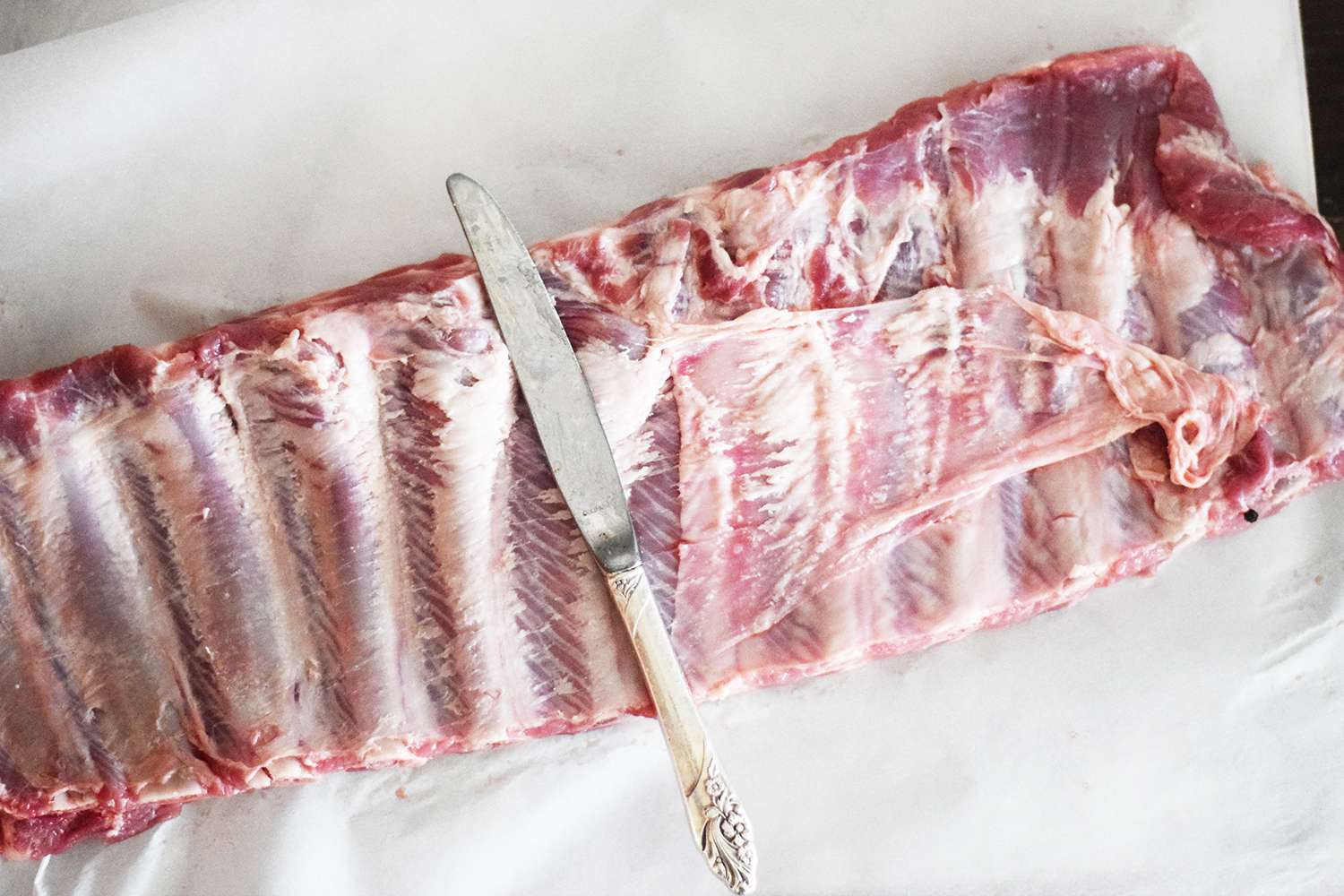Rendering Fat From a Duck: A Delicious and Useful Technique
When it comes to cooking, duck fat is a prized ingredient that can add incredible flavor and richness to a wide variety of dishes. Whether you’re roasting vegetables, searing meats, or making sauces, rendered duck fat can take your culinary creations to the next level. In this article, we’ll explore the process of rendering fat from a duck and discuss some creative ways to use this flavorful cooking fat.
What is Rendering Fat?
Rendering fat is the process of melting and clarifying animal fat to separate it from any impurities or solids. When it comes to duck fat, the goal is to transform the solid fat found on the duck into a liquid form that can be easily strained and stored for later use. Duck fat is particularly prized for its rich, savory flavor and high smoke point, making it a versatile and valuable ingredient in the kitchen.
How to Render Duck Fat
Rendering duck fat is a relatively simple process that requires just a few key steps. Here’s a basic guide to rendering duck fat at home:
- Start with duck fat and skin: Begin by collecting the fat and skin from a duck. This can be done by trimming excess fat from the bird or by using the skin and fat from a whole duck.
- Cut the fat into small pieces: To help the fat melt more evenly, it’s best to cut it into small, uniform pieces. This will also help to increase the surface area, allowing the fat to render more efficiently.
- Melt the fat: Place the duck fat pieces in a heavy-bottomed pan or pot and heat them over low to medium heat. As the fat melts, it will begin to release its liquid, golden goodness.
- Simmer and stir: Allow the fat to simmer gently, stirring occasionally to prevent it from sticking to the bottom of the pan. As the fat continues to melt, it will become clearer and more liquid in consistency.
- Strain and store: Once the fat has fully rendered and any solids have been removed, carefully strain the liquid fat through a fine-mesh sieve or cheesecloth. Transfer the strained fat to a clean, airtight container and store it in the refrigerator for future use.
Ways to Use Rendered Duck Fat
Now that you’ve successfully rendered duck fat, it’s time to put it to good use in the kitchen. Here are a few creative ways to incorporate this flavorful cooking fat into your culinary creations:
- Roast vegetables: Tossing vegetables in rendered duck fat before roasting them can add a rich, savory flavor and crispy texture.
- Sear meats: Use duck fat to sear steaks, chops, or poultry for a deliciously golden crust and added depth of flavor.
- Make confit: Duck confit, a classic French dish, involves cooking duck legs in their own fat until they are tender and flavorful. Rendered duck fat is essential for this traditional preparation.
- Flavor sauces and gravies: Add a spoonful of duck fat to sauces and gravies for an extra boost of richness and depth.
- Pop popcorn: For a gourmet twist on a classic snack, try popping popcorn in melted duck fat for a decadent treat.
Conclusion
Rendering fat from a duck is a simple yet rewarding process that can elevate your cooking to new heights. Whether you’re looking to add depth of flavor to your dishes or achieve crispy, golden perfection, rendered duck fat is a valuable ingredient to have in your culinary arsenal. So, the next time you’re preparing a duck, don’t let that flavorful fat go to waste—put it to good use in the kitchen and savor the delicious results.
Was this page helpful?
Read Next: How To Render Fat Off Spare Ribs
